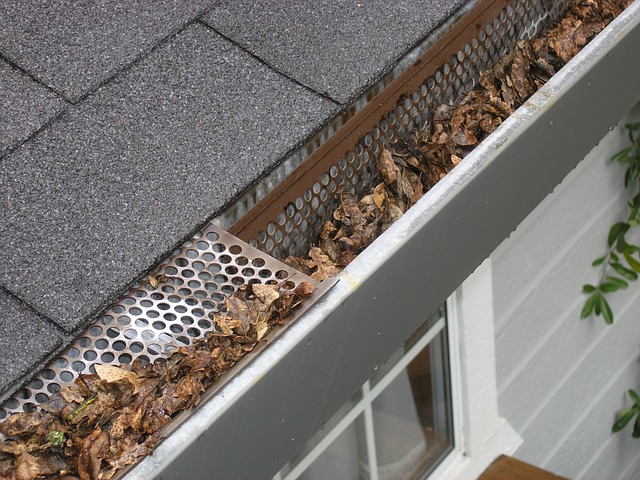When to Call a Specialist for Heavy Algae Infestations
Heavy algae growth on a roof can go beyond cosmetic issues and signal underlying damage that affects shingle life and home preservation. Knowing when to call a specialist helps prevent costly restoration later: this article explains signs of severe infestations, inspection steps, maintenance practices, and how professional washing and treatment differ from routine cleaning.

Recognizing severe algae, moss, and lichen on shingles
Heavy algae often appears as dark streaks or broad green-black patches across shingles, but it can coexist with moss and lichen that lift and separate roofing materials. When growth covers large roof areas, forms thick mats, or roots into the shingle surface, simple washing may not be enough. Pay attention to texture as well as color: slimy or spongy patches, or visible colonies clinging to edges and valleys, indicate a more advanced infestation that can trap moisture and accelerate shingle deterioration.
When roof washing is insufficient
Routine washing removes loose debris and surface staining, but pressure washing or basic rinses can be ineffective or harmful if growth has penetrated shingle granules. If stains return quickly after cleaning, or if soft spots develop beneath algae patches, you should consult a specialist. Professionals evaluate whether biocidal treatments, soft washing with controlled detergent application, or partial replacement is needed, balancing preservation of existing materials with safe removal techniques to avoid shingle damage.
Risks to shingle integrity and gutters
Algae, moss, and lichen retain moisture against shingles, accelerating granule loss and cracking. Over time this can shorten shingle lifespan and compromise water shedding. Heavy growth near eaves and valleys also sheds debris into gutters, causing clogs and increasing the chance of water backup and rot. A specialist can assess both roof surfaces and gutter systems together, recommending targeted cleaning or minor repairs to prevent water intrusion and protect the broader roof assembly.
Inspection steps and ongoing maintenance
A thorough inspection looks beyond visible stains: professionals check under flashing, around vents, and at roof edges for lifted shingles, granule loss, and evidence of trapped moisture or mildew. Inspections should include attic checks for mold or dampness that indicate leaks. For long-term preservation, specialists often suggest a scheduled maintenance plan—periodic inspections, gentle washing, and selective treatment—to slow recurrence and extend roof longevity rather than relying on ad hoc spot cleaning.
Mildew, mold, and restoration considerations
Mildew and roof mold are related concerns that may coexist with algae infestations and affect roof restoration decisions. When biological growth has caused structural weakening, restoration may require shingle replacement in affected zones, underlayment repairs, and reinstallation of flashing. A trained service can distinguish surface staining from underlying damage and recommend appropriate restoration steps. They also apply treatments that are compatible with shingle materials to limit chemical damage while addressing microbial regrowth.
Choosing a specialist and local services
When selecting a professional, look for experience with shingle roofing and documented methods for soft washing, biocide application, and minor restoration work. Local services familiar with regional climate and vegetation can offer more accurate timing for maintenance and tailored prevention strategies. Verify that technicians use low-pressure techniques near vulnerable areas, protect gutters and landscaping during washing, and provide a clear inspection report outlining findings and recommended preservation steps to support long-term roof health.
Conclusion
Recognizing the difference between surface staining and a heavy infestation that threatens shingle performance is key to preserving a roof’s longevity. Inspections, informed maintenance, and careful selection of washing and restoration methods help manage algae, moss, lichen, and related mildew without unnecessary damage. Consulting a qualified specialist ensures a thorough assessment and a preservation-focused approach suited to your roof’s materials and local conditions.






